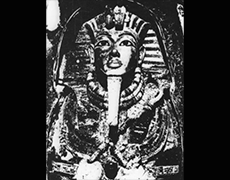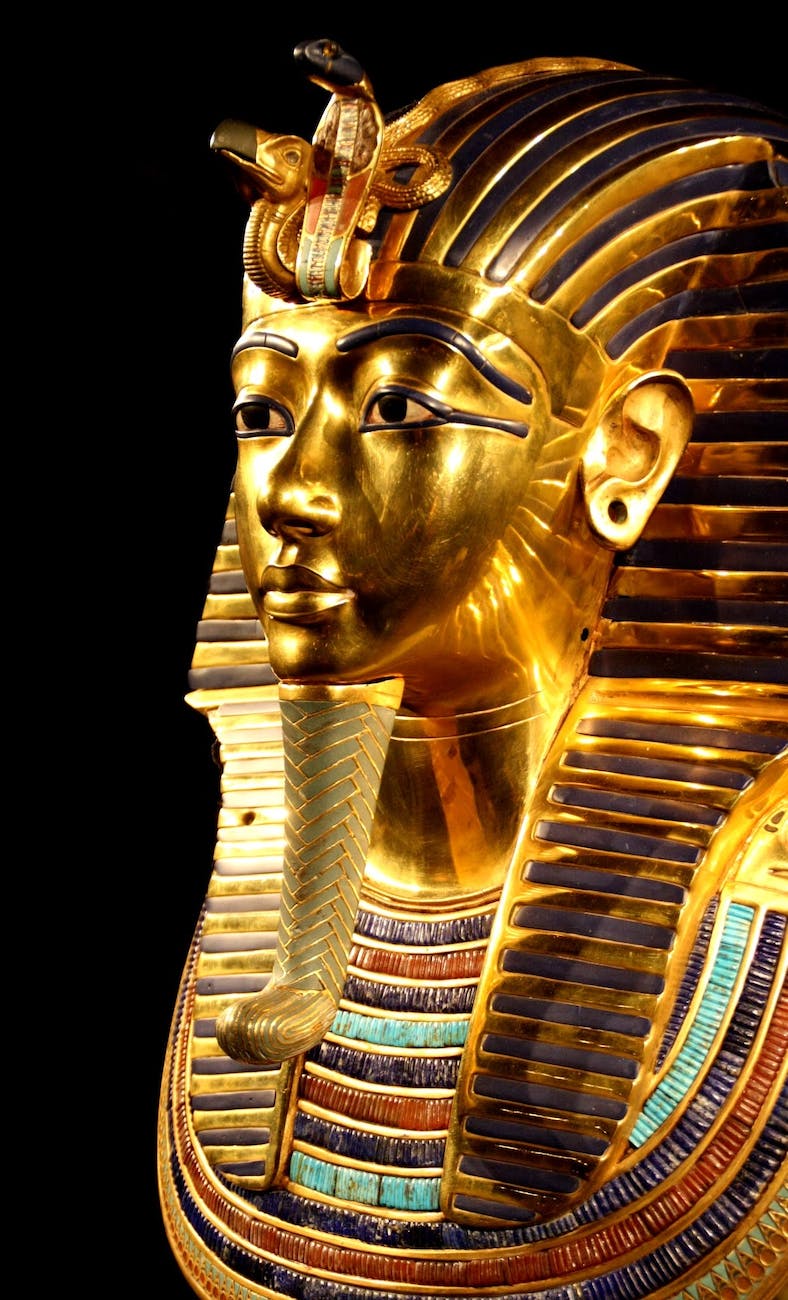
The Curse of King Tut’s Tomb refers to the supposed curse that was said to have been placed on the tomb of the Egyptian Pharaoh Tutankhamun, also known as King Tut. The curse was believed to have brought death and misfortune to those who had disturbed the tomb and its contents, including the archaeologists who had discovered it.
The curse and the idea of a “mummy’s curse” have been a popular topic in popular culture and have been explored in various forms of media.

The curse was first reported by the British archaeologist Howard Carter, who in 1922 discovered King Tut’s tomb in the Valley of the Kings in Egypt.
Carter and his team found the tomb intact, with its contents and treasures still inside. However, soon after the discovery, several members of the team died under “mysterious” circumstances. This led to the belief that the curse had been activated and was responsible for the deaths.

The idea of a curse also gained more traction when Lord Carnarvon, one of the financial backers of the expedition, died shortly after the tomb’s discovery. It was said that he died from an infected mosquito bite that was sustained while in Egypt, but many people believed that the curse was responsible for his death.
It’s important to note that the idea of a curse being placed on King Tut’s tomb is not based on any historical evidence and it is considered as a myth.

The idea of a “mummy’s curse” was a common belief in the early 20th century. It was often used to explain the deaths of those who had been involved in the discovery or opening of an ancient tomb.
But in reality, the deaths of the individuals that were involved with the discovery of King Tut’s tomb can be explained by natural causes such as infections, accidents or other illnesses, rather than a curse.

